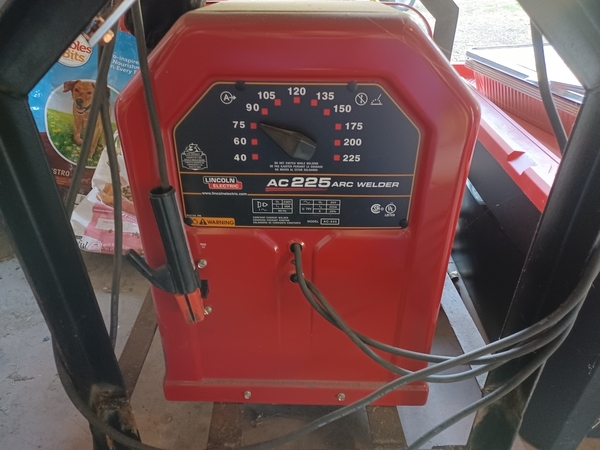Dan, Tom, turkey hollow and others
Although NO OX ID spec A is called a grease it is mostly a paraffin, like in wax (reported by some as 80%). It does improve conduction by reducing sparking, which many think add to dirty track or cause most of the dirt on dirt track. There are hundreds of reports over 50 years that it reduces dirty track and by many, it improves slow train operation, especially for conventional control.
There are no data from controlled tests that show NO OX reduces sparking (although less or no sparking has been observed), and or eliminates track and wheel cleaning. There is no incentive to pay for and conduct such testing as NO OX producer, Sanchem, would not increase sales much and model train track usage would be very small and they currently list model train track as a usage.
One has to take account of, prior users experiences as to NO OX effectiveness on model train track as reported often on train forums like this forum, model-railroad-hobbyist.com. MRH forum (has hundreds of posts from 2010 and many on Z and HO rails.
The same thing must be done on thousands of prior purchasers reviews as to the worth and experience on thousand of items on Amazon and eBay reviews.
Many have reported that the use of graphite, and other compounds on train tracks. They are always reported as similar to NO OX as to being a model train track treatment. I believe they may very well work but have no idea if better or worse. But most report the graphite has to be applied a least yearly where as NO OX is one and done forever.
I suspect the NO OX gives more positive results on O gauge sectional track on layouts with conventional control. The sectional track has more gaps and more spark generating areas than longer sections of track. Conventional control is likely to operate poorly at slow speeds with lower voltages having a lower electromotive force than the modern controls, with 18 volt constant track voltage. Conventional controls slower operation is also limited by the minimum transformer voltage of 6 to 8 volts also.
I doubt that all track situations will give equal results on the use of NO OX, as some operate well now, where as probable train operation of others (like my conventional controlled, 027 sectional track layout) will benefit greatly, with improved slow speed operation and no future track cleaning.
If rusty track is a problem for your layout with old style tin plated 0 or 027 sectional track, NO OX can be applied on the sides of the rails in additional to the top, to prevent rusting. Personally I like the presence of some rust on the side of my rails as real train tracks almost always have rust on the sides.
Perhaps some organization like OGR or CTT could perform a controlled study and produce the data to prove the claims for NO OX or show them faulty. A few of us have used NO OX for O gauge trains and believe it has improved train operation and eliminates track cleaning. Many others are stuck on their track cleaning method and believe in it and love to clean track once or twice a year: so be it. I find it hard to understand why there is so little acceptance of trying NO OX for, especially post war trains and with conventional transformer controlled O gauge trains. And only a $10 cost and a good track cleaning is risked and involved.
I think NO OX application is the best improvement I have ever made to the operation of my layout and love never having to be bothered with track cleaning ever again.
NO-OX Charlie






